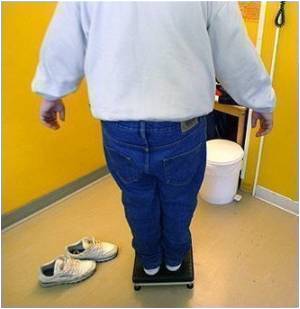
It is also among the largest studies of its kind to use objective geographic information system (GIS) data to examine the physical activity and healthy food option attributes of a neighbourhood related to obesity.
Researchers used GIS to assess Seattle and San Diego area neighbourhoods' nutrition and physical activity environments. Nutrition environments were defined based on supermarket availability and concentration of fast food restaurants.
Physical activity environments were defined based on environmental factors related to neighbourhood walkability and at least one park with more or better amenities for children.
Kids that lived in neighbourhoods that were poorer in physical activity and nutrition environment had the highest rates of obesity-almost 16 percent-in the study.
This figure is similar to the national average. On the flip side, only eight percent of children were obese in neighbourhoods where physical activity and nutrition environments were positive.
Advertisement
"Everyone from parents to policymakers should pay more attention to zip codes because they could have a big impact on weight."
Advertisement
Numerous national health organizations have identified neighbourhood environment and built environment, including healthy food and physical activity opportunities, as important factors in childhood obesity, including the Institute of Medicine and the Centers for Disease Control and Prevention.
"Our data support recommendations from these groups that we need to change our environments to make them more supportive of physical activity and nutrition," said Saelens.
The study has been published in a special theme issue of the American Journal of Preventive Medicine.
Source-ANI









